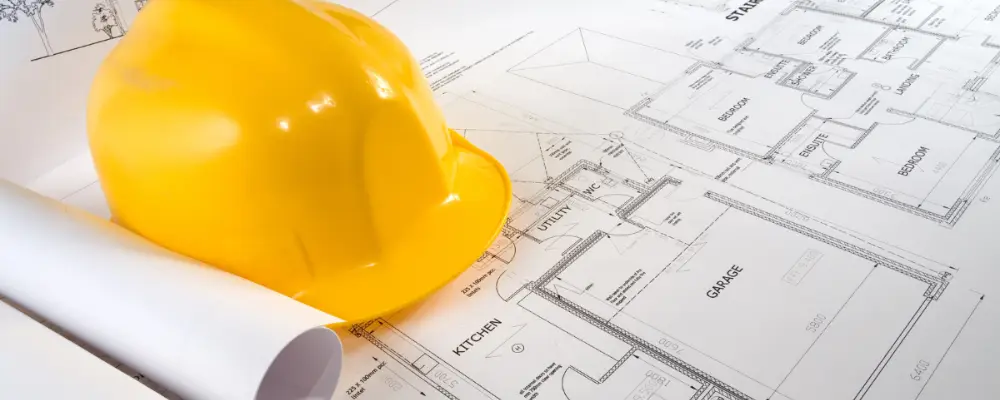Adapting to the changing construction law can be a daunting task for everyone involved in the building process. The term that has frequently emerged in the sector is construction liens. It may sound familiar to contractors, suppliers, and subcontractors.
Understanding the concept of construction liens helps protect their rights in the building industry. It potentially navigates the complexities associated with financial claims and payment disputes after the completion of work.
In this guide, you’ll be exposed to the concept of construction liens, including their purpose and benefits. Let’s delve into the discussion:
What is a Construction Lien?
A construction lien, also known as a mechanic’s lien, is a legal way for contractors, suppliers, subcontractors, and labourers to claim their payment for completed work. If they’ve not been paid by a property owner, the legal claim will be placed on a property by the concern team who has provided materials, services, or labour for the construction project.
Before filing a legal claim, a specific timeframe is provided to a property owner. It’s a way for individuals or businesses to claim their payment for the work or materials provided.
Purpose of Construction Liens
The main purpose of a construction lien is to protect the rights and interests of contractors, subcontractors, and suppliers who put their effort into improving the property but have not been paid by the relevant property owner. Here are the key purposes:
Secure Financial Interest: By filing a construction lien, unpaid parties can establish a legal claim against the property owner. The legal jurisdiction provides them the rights to claim financial interest in the property from its overall value.
Ensuring Payment: Construction liens ensure the payment security to the contractors or workers who provide them materials, labour, or services to their property. This legal framework compels property owners to pay for the work done. The threat of a lien prevents payment delays and motivates owners to make timely payment.
Protect the Payment Chain: Construction projects involve various parties, including suppliers, labourers, contractors, and subcontractors. Liens help protect the payment chain; they ensure every individual or business gets paid for their work or materials.
Support Fair Business Practices: A construction lien is a legal protection that encourages fair business practices in the construction sector by promoting timely payment for invoices and discouraging late payment. Any individual or business can approach their property owners through this legal claim and get paid for their contributions.
How Do You Get a Construction Lien?
The process of filing a construction lien can vary from state to state. Here’s a breakdown of the common steps involved:
- Initially, you would be a person or business that supplied unpaid work or materials to a specific construction project.
- Before filing a claim, you need to send a preliminary notice to a property owner, contractors, or sometimes the lender. This informs them about the pending payment involved in the project, and you have the potential rights to claim through a lien.
- There is a certain timeframe for filing a lien against a property owner. The legal rules and regulations vary by state. However, you must notarise your timeframe, like the last day of material delivery or the last day of work.
- To legally file a lien, you need to submit the specific form at the appropriate government agency, which is probably the county’s clerk office. The form must include clear details such as the description of work, the property, the materials provided, and the amount owed.
- Once the legal complaint is filed, it will be entered in a public record and also be attached to the property title. Then it is difficult for the property owner, who can’t sell or refinance the property until the lien is resolved.
What’s the Difference Between Construction Liens and Mechanic’s Liens?
Here are the differences between construction liens and mechanics’ liens uncovered:
| Feature | Construction Lien | Mechanic’s Lien |
| Definition | A construction lien is filing a legal claim against the contractor or subcontractor for the unpaid work or materials used in the construction project. | Mechanic’s lien covers a broader scope, including all the professionals involved in the project, such as contractors, suppliers, builders, and labourers. People who contribute their effort to the property can claim their payment through this legal framework. |
| Purpose | Established to protect the financial interests of contractors and subcontractors who have not been paid for their contribution. | It helps regulate fair compensation for all parties involved in a construction project, including individuals or businesses. |
| Filing Process | Unpaid contractors or subcontractors can file a lien at the appropriate government agency responsible for property records. | The process is similar to a construction lien, but there is a slight change in specific requirements and deadlines for different types of professionals. |
Removing a Construction Lien: Steps and Options
There are various ways to remove a construction lien on a property:
Paying off the lien: Clearing a pending payment to a concerned professional is the simplest way to remove a lien. Once you’ve paid the debt, you can file a release of lien form.
Lien Waiver: In some cases, a property owner provides a written agreement to the counterparty to have a legal right against their property. This method is often used in the construction industry.
Surety Bond: This is also known as a lien discharge bond. Property owners can get a bond from an insurance company to cover a specific lien amount. It allows you to sell or refinance the property, while the lien also being disputed.
Concluding Lines
A construction lien is a legal security for contractors and subcontractors to claim their payment for doing improvements on a property. This could be for work, materials, or any contribution that is associated with the construction project. Understanding its complete purpose can assist you in claiming your money legally. Additionally, seeking legal guidance can help resolve these issues as quickly as possible.

